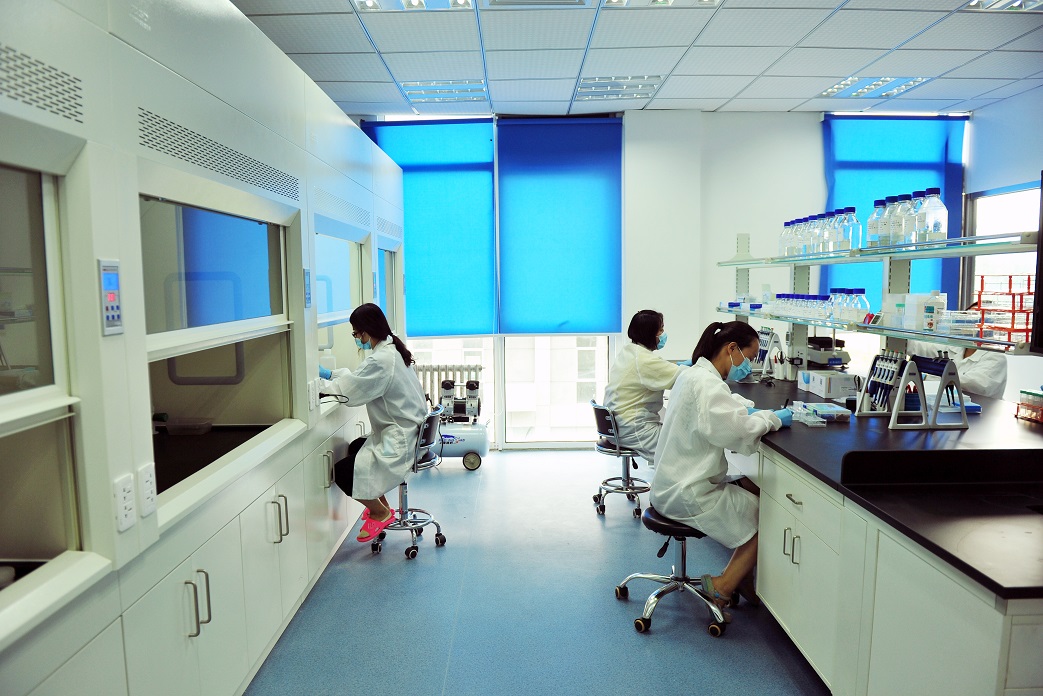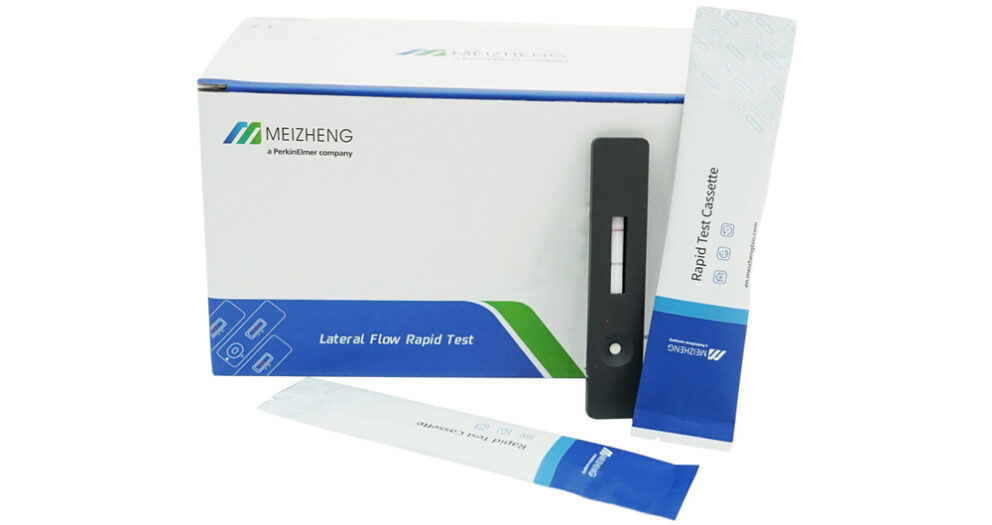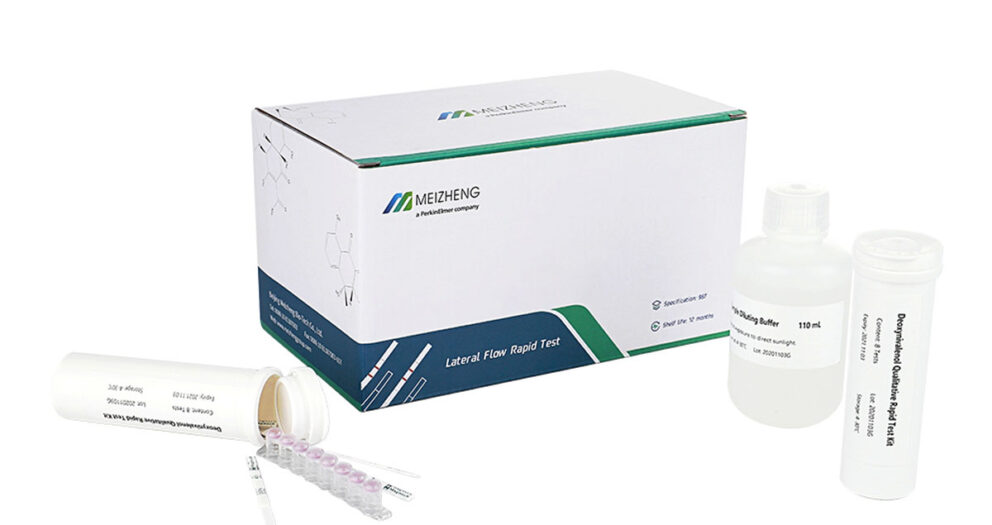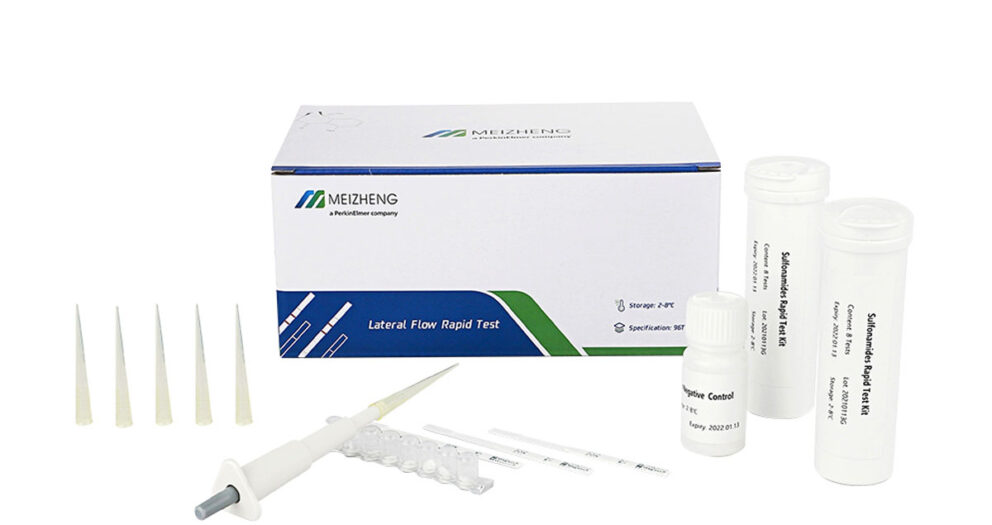Agricultural product testing laboratories are generally third-party public welfare organizations that undertake inspection tasks entrusted by all parties. They have passed the measurement certification and review and approval of relevant state departments, and should first meet the review requirements in terms of structural layout. The agricultural product testing laboratory has great pollution to the environment due to the use of a large number of organic and inorganic chemical reagents and even highly toxic chemicals. Therefore, the laboratory construction should be kept away from residential areas. Taking into account the laboratory ventilation requirements and energy saving, the laboratory should be an independent building, a multi-storey building is the best, if it is a shared building, it should be the best on the top of a multi-storey building, especially a high-rise building, so that the ventilation design and It will save a lot of resources and energy when using it, and the ventilation effect is better.
Due to work needs, the agricultural product testing laboratory can set up the following parts:
Business sample collection room, sample storage room, sample processing room, reagent storage room, sample testing pre-processing room, instrument analysis room, weighing room, drying room, standard solution configuration room, sensory analysis room, quality analysis room, microbial testing laboratory, genetically modified component testing laboratory, food toxicology analysis laboratory, etc. Each part has basic requirements and special requirements. The business sample collection room mainly deals with customers, receives samples and sends test reports, and handles customer complaints. It is a window for laboratory work and should be located on the first floor of the building near the foyer. Or the location of the hall on each floor, in short, everything is based on the convenience of customers. Ventilation requirements are mainly considered in the pre-processing room for sample detection. The instrument analysis room mainly considers the requirements of electricity load, temperature control and humidity control, gas circuit, ground wire, fire protection means and so on. The weighing room should consider the requirements of stable airflow, no vibration, isolation and buffering. The standard solution preparation room should consider requirements such as independent space and prevention of cross-contamination. Clean areas such as microbial testing room, genetically modified component testing room, and food toxicology analysis room shall meet the requirements of relevant national technical specifications.
In other related facilities, the power distribution of agricultural product testing laboratories should generally have a 10% power surplus in the power configuration of each workshop.
A good ventilation system is the key to ensuring the normal operation of a laboratory. Locote usually uses organic and inorganic exhaust ducts in the construction of agricultural product testing laboratories. The fume hoods are arranged in different materials such as all-steel, steel-wood, pp, etc. according to the needs of users, and imported Vientiane exhaust hoods so that many people can independently conduct small laboratory operation.
The construction and use of agricultural product testing laboratories requires not only sophisticated laboratory equipment, high-quality professional laboratory operators, but also reasonable laboratory planning and layout, as well as appropriate environmental conditions.







